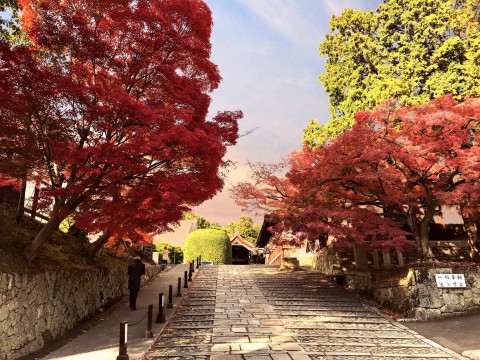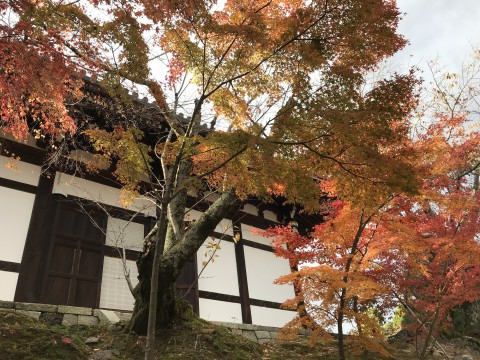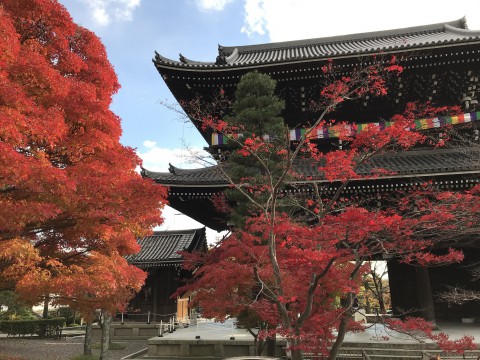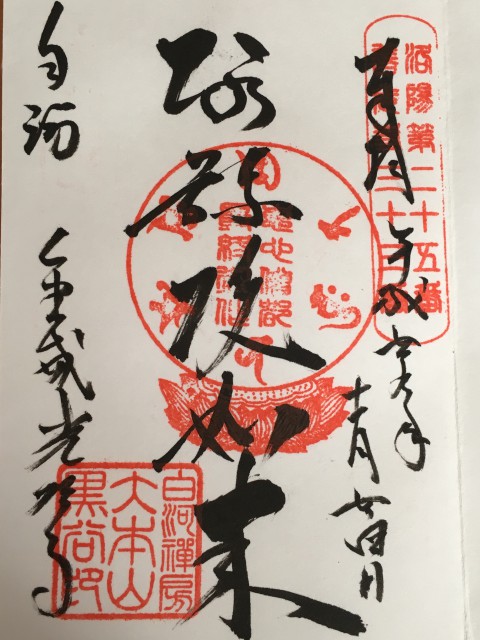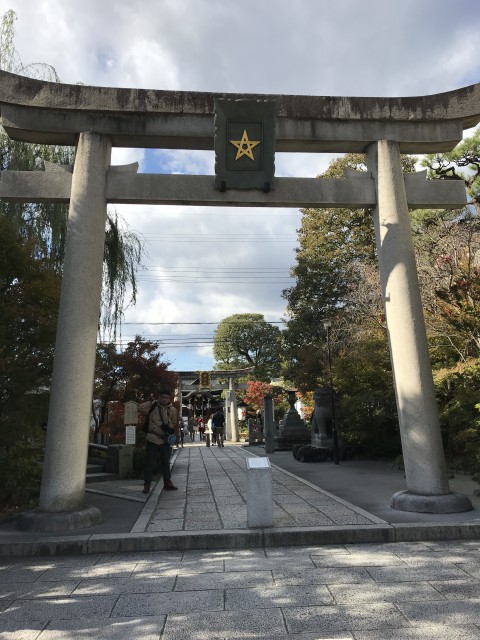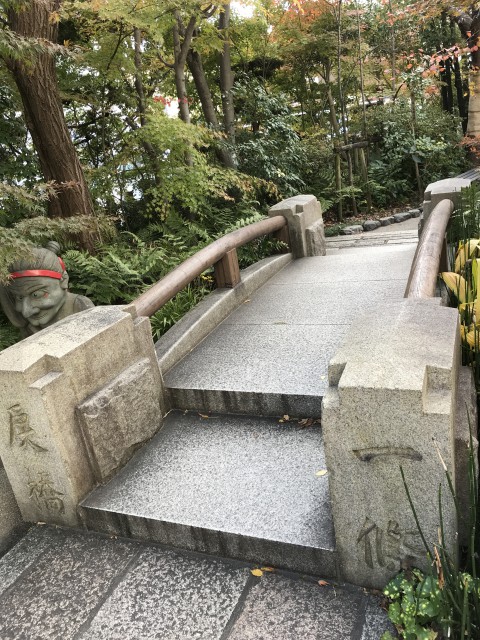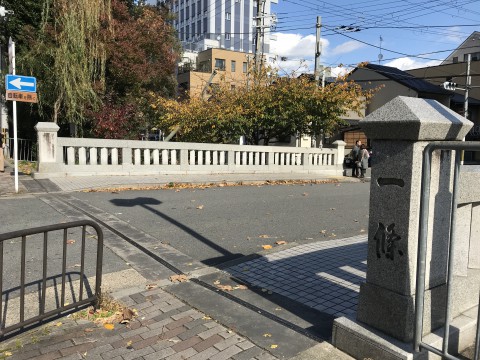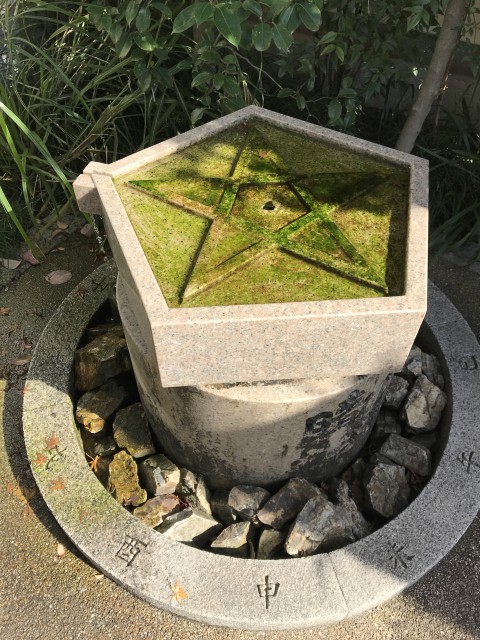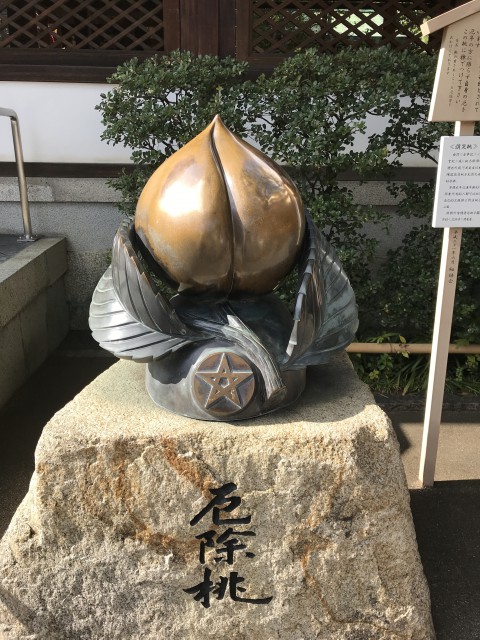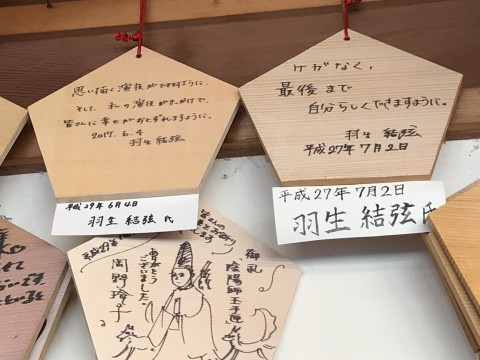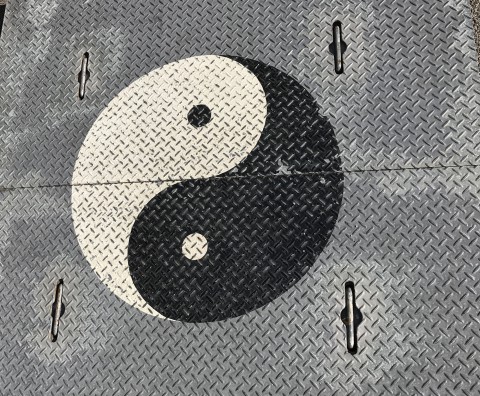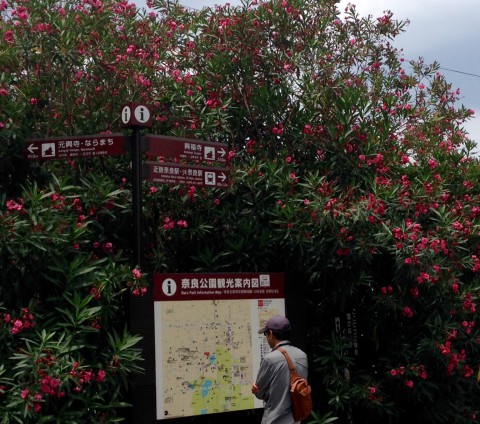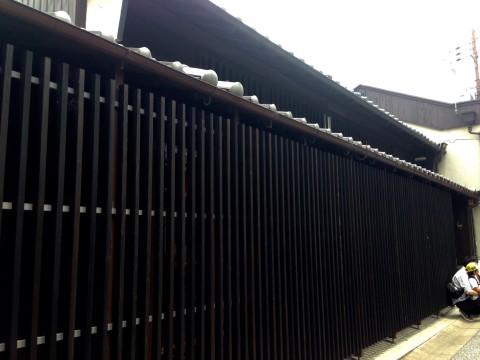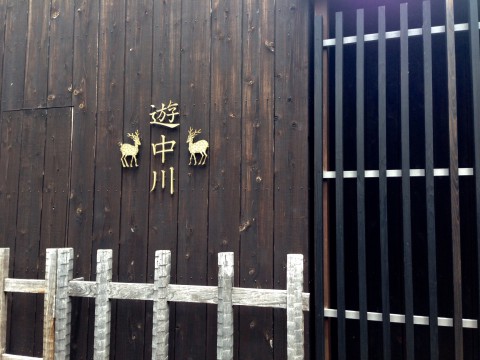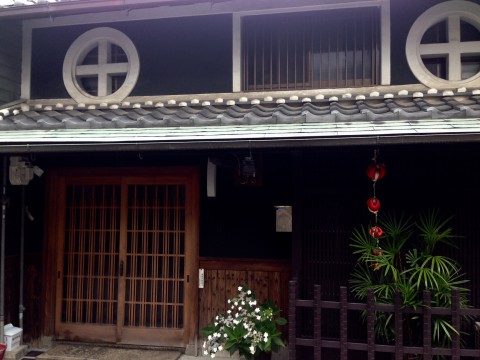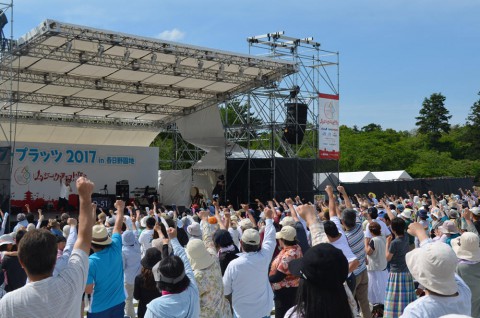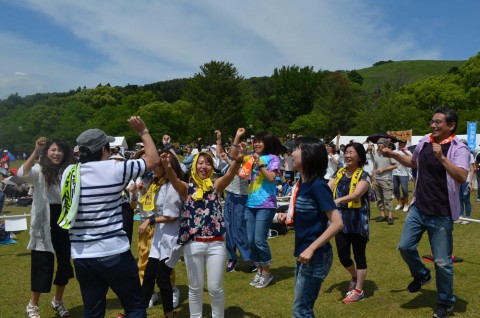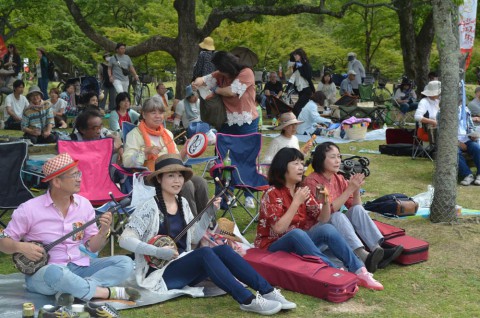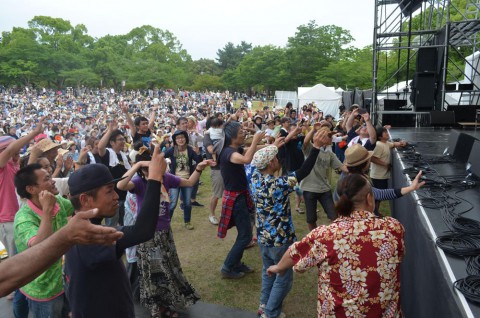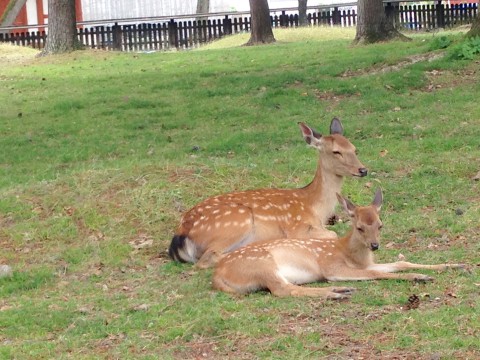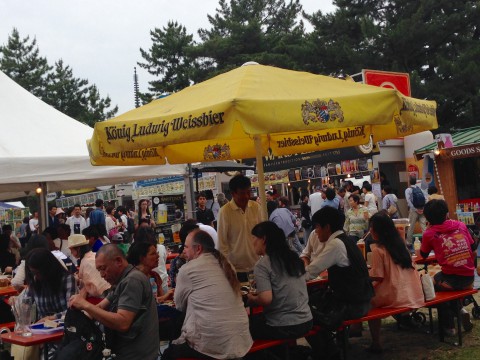Late Autumn in Kyoto | Chocolat BEL AMER Kyoto shop
2017.12.14
I really wanted to come to the chocolate shop this time.
It is the Kyoto shop of BEL AMER, which aims for chocolate making to suit Japan and values four seasons, opened two years ago. In fact, Kyoto is the site of fierce competition among chocolate shops, coffee shops and bakeries.
And Kyoto boasts the largest bread consumption in the country.
I arrived at the shop and found several people were waiting inside the door, so I wondered
if it was for entry to the shop but it was for entry to the cafe on the second floor.
When entering the shop, a lot of jewel-like chocolates caught my eye.
So it was hard to pick but I could get Kyoto-like chocolates not too sweet and with deep taste. I never thought chocolates were such delicious before.
I felt very satisfied at the day trip to Kyoto. (H.S)

Kyoto style merchant-house-like entrance
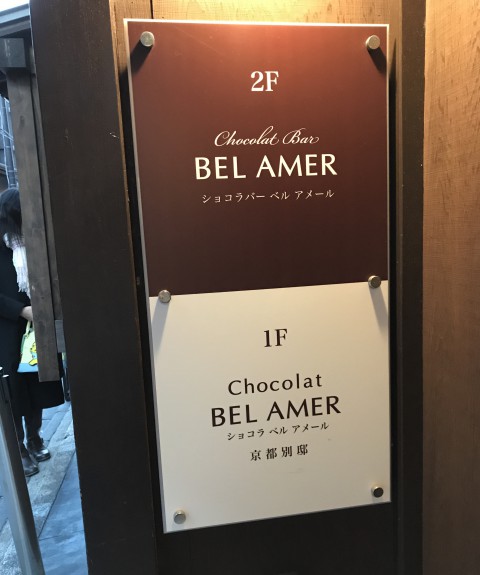
I would like to try the cafe next time.
They serve afternoon tea, too.

There is a tiny garden on the other side of the store curtain.
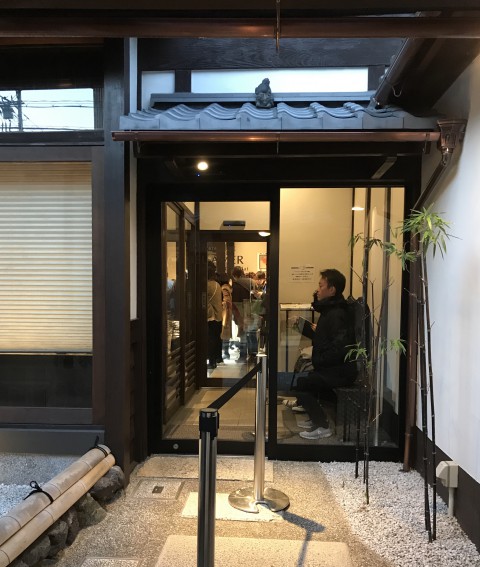
The shop is busy.
And, it’s very Kyoto-like, there is Shoki (God) on the roof.
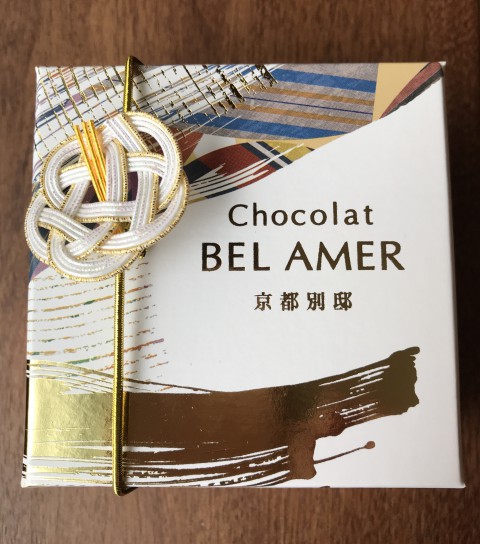
Mizuhiki, instead of a ribbon.
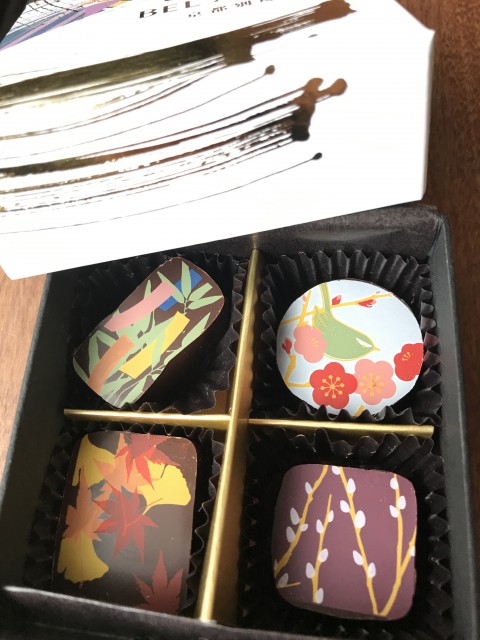
“Chocolat Miyabi”
The design showing four seasons is not only beautiful but also the chocolates are all delicious.
All chocolates are ganache or praline, so you can taste Japanese and Western ingredients at the same time.
Clockwise from top right, strawberry and rosemary, white miso and coconuts, brown sugar and coffee, green tea and citron.


